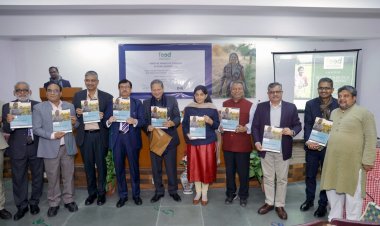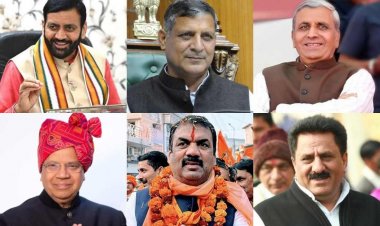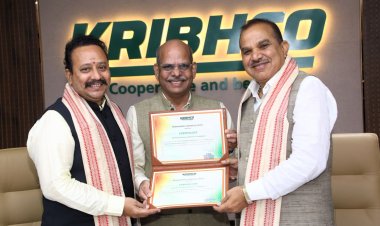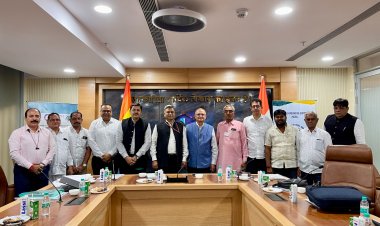Abysmal wage rates for MGNREGA in FY 2022-23: NSM, PAEG
At a time when the country is going through the worst employment crisis in decades, this meagre hike in MGNREGA wages is nothing less than a much-touted “surgical strike” on the poor, says the joint press release by NREGA Sangharsh Morcha (NSM) and People’s Action for Employment Guarantee (PAEG).
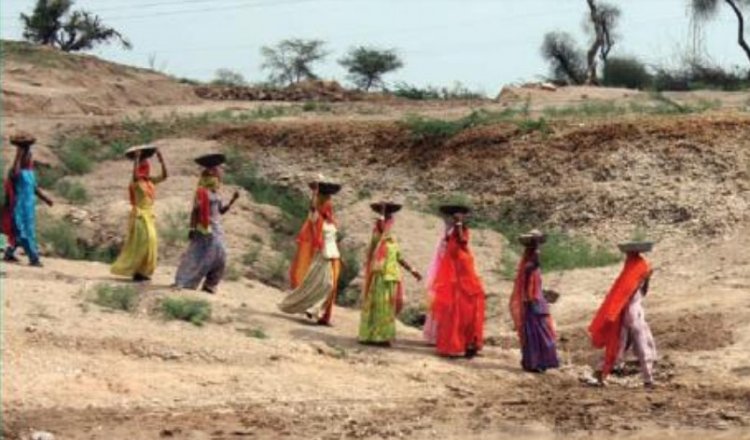
The wage rates for the Mahatma Gandhi National Rural Employment Guarantee Act (MGNREGA) workers for FY 2022-23 were notified on 28 March 2022. According to a joint press release by NREGA Sangharsh Morcha (NSM) and People’s Action for Employment Guarantee (PAEG), the notification of the wage rate has been extremely late, with only three days remaining for the beginning of the next financial year. Such a delay prevents any discussion or debate regarding the wage rates or their adequacy.
This is a continuation of the government’s assault on MGNREGA and has once again exposed the central government’s lack of commitment to MGNREGA workers’ rights, says the release. The hike ranges from a meagre Rs 4 to utmost Rs 21 for various states and UTs. And workers of three states (Manipur, Mizoram & Tripura) will have to be content with no hike at all.
The average increase in MGNREGA wage rate across the country is a measly 4.25%. The release contrasts this with the dearness allowance (DA) of 31% that Central Government employees and pensioners get, costing Rs 9,544.50 cr to the exchequer each year. While the government revises DA twice a year and pays out thousands of crores for it, it systematically ignores MGNREGA workers, says the release.
According to the release, an increase in MGNREGA wages, since it is a base wage, will also lead to upward pressure on rural and subsequently urban industrial wages. In times of the current economic distress, it will also increase rural expenditure, leading to an increase in aggregate demand in the economy, which is crucial for its recovery.
For 27 states and UTs, says the release, the MGNREGA wage rate is less than the corresponding minimum wage for agriculture, condemning the workers to another year of bonded labour. The difference is greatest in Karnataka (despite having the highest percentage increase in wage rate), where the MGNREGA wage rate is only 70 per cent of the state minimum wage for agriculture. The total average difference between MGNREGA wage rates and minimum wage rates for the country comes out to be around 20 per cent.
At a time when the country is going through the worst employment crisis in decades, this meagre hike in MGNREGA wages is nothing less than a much-touted “surgical strike” on the poor, says the release.
The release says that despite recommendations from government-appointed committees to link MGNREGA wages with state minimum wages (by Mahendra Dev Committee) and to index the wage rate to Consumer Price Index - Rural Labourers (CPI-RL) instead of Consumer Price Index - Agricultural Labourers (CPI-AL) (by Nagesh Singh Committee), or Rs 375 per day as recommended by the Anoop Satpathy Committee, the government has not implemented these recommendations. Additionally, the Parliamentary Standing Committee Report of the Ministry of Rural Development and Panchayati Raj had also recommended that the MGNREGA wage rate be indexed to the CPI (R). Despite these recommendations, the meagre increase in MGNREGA wage rates has not been proportional to the increase in inflation and the cost of living in the past few years.
The government does not put in the public domain the methodology it uses to calculate the MGNREGA wage rate every year, says the release. This not only curbs discussion on the wage rates but is also against the transparent and accountable spirit of the Act. A few states like Jharkhand (Rs 225 from Rs 198) have added from their own budgets to enhance the MGNREGA wage from the existing amount fixed by the Centre. However, on the whole, state governments would rather spend on populist schemes and doles rather than enhance a programme that can positively affect the labour market and wage rates in favour of the poor. It is nothing less than a joke that governments are not able to ensure even minimum wages for workers.
According to the release, the Supreme Court has repeatedly upheld minimum wages as a fundamental right and equated payment of anything less to the status of “forced labour”. Derisively low budget allocation, unremunerative MGNREGA wages, and long delays in wage payments – even non-payment of wages in many cases – have turned many rural workers away from the employment guarantee programme. The programme must run as the demand-driven programme it was envisaged to be, with the true spirit of employment guarantee to rural citizens, suggests the release.
Through this release, NSM and PAEG have strongly condemned the “anti-workers” decision and demanded that wages be paid in a timely manner along with an increase in the MGNREGA wage rate to Rs 600 a day. This follows the Seventh Pay Commission recommendation of Rs 18,000 as the minimum monthly salary six years ago in October 2016, after which huge increases in prices have taken place.



 Join the RuralVoice whatsapp group
Join the RuralVoice whatsapp group




















